SED Systems Ltd.
by Victoria JL Fisher
The Brewer spectrophotometer was proposed and described in 1973 by British physicist A.W. Brewer while he was working at the University of Toronto. In the ensuring years, it was developed team of people working in Canada at the Atmosphere and Environment Service of Canada (AES, now the Meteorological Service of Canada, MSC) and precision instrument companies. Designed to measure O3 levels in the atmosphere through the automatic collection of spectral data, it was intended to replace an earlier model, the Dobson spectrophotometer, designed in the 1930s. The new instrument employed modern electronic methods, and offered automatic detection and increased speed and precision. Over the 1990s, the Brewer model was used to assist with calibration of existing Dobson instruments, and Brewer spectrophotometer is now regarded as the world standard for the measurement of atmospheric ozone. This work was important to track the depletion of the ozone layer, emerging as a problem in the 1970s and 1980s, but still ongoing as part of the climate crisis.
This particular instrument was the first commercial prototype of the Brewer model instruments, and was constructed by SED Systems Ltd., a Saskatoon company that was founded in 1965 alongside the University of Saskatchewan’s Institute of Space and Atmospheric Spinoff. By 1979, when approached to construct the spectrophotometer by the scientists at AES who were developing it, it was an independent company (while retaining its USask connections).
The SED Systems model was intended to replace the original clunky university lab prototype (2000.0003) and introduce portability to the instrument so it could be used to prove its viability as a replacement for the Dobson instrument—hence its storage in a suitcase like box. However, this particular prototype, one of two that SED Systems made, does not seem to have been a resounding success. The AES team reportedly found the equipment did not operate as they expected, and in fact constructed an additional third prototype based on the SED Systems instruments in the lab themselves. This new instrument served as the demonstration instrument and for SED Systems to produce engineering diagrams for later production. Adding to this account is wear, ownership labelling and makeshift tips for usage on the SED Systems instrument, which suggest there was some sustained use, but also hints at potential problems faced by users.
The Brewer spectrophotometer instrument was later manufactured by SCI-TEC Instruments Ltd. (now Kipp & Zonen), another Saskatoon precision instrument company. It is still used across the world to monitor atmospheric ozone levels. Later, this instrument was distributed by another prairie company, Campbell Scientific (Canada) Corp.
Timeline
1965 – The company is founded in Saskatoon as the Space Engineering Division, in collaboration/alongside the University of Saskatchewan’s Institute of Space and Atmospheric Studies (ISAS) to develop related products.
1972 – SED Systems Ltd. is established as a company seperate from the University of Saskatchewan's Institute for Space and Atmospheric Studies (ISAS).
1979 - SED Systems approached to construct a prototype of the Brewer ozone spectrophotometer.
2017 - The company is operating as a division of the Calian Group Ltd.
01-01-2024 – Company active at 18 Innovation Boulevard, Saskatoon, Saskatchewan.
Sources
Asbridge, Archie “The Montreal Protocol – Roles Played by Canadian Ozone Measurement Instruments (Dobson and Brewer) and The Engineer Who Made it All Happen” Document – Digital CMOS Archives (https://cmosarchives.ca/History/Archie_Asbridge2022.pdf [27-11-23])
Brewer, A.W. “A replacement for the Dobson spectrophotometer?” Pure and Applied Geophysics Vol. 106-108 (1973/V-VII): 919-927
Email from Tom McElroy to Ken Devine, September 12, 2009. Ingenium Supplementary Information File, Artifact 2000.0004
Kerr, J.B. et al “The Brewer Instrument Calibration Centre, 1984-2000” Proceedings of the Quadrennial Ozone Symposium, Sapporo, Japan (2000): 177-178
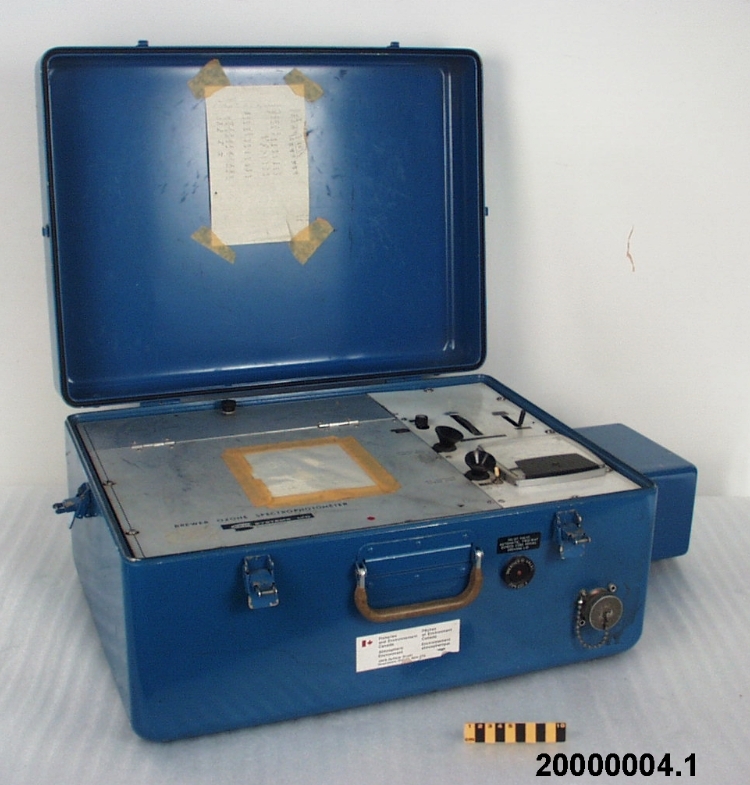
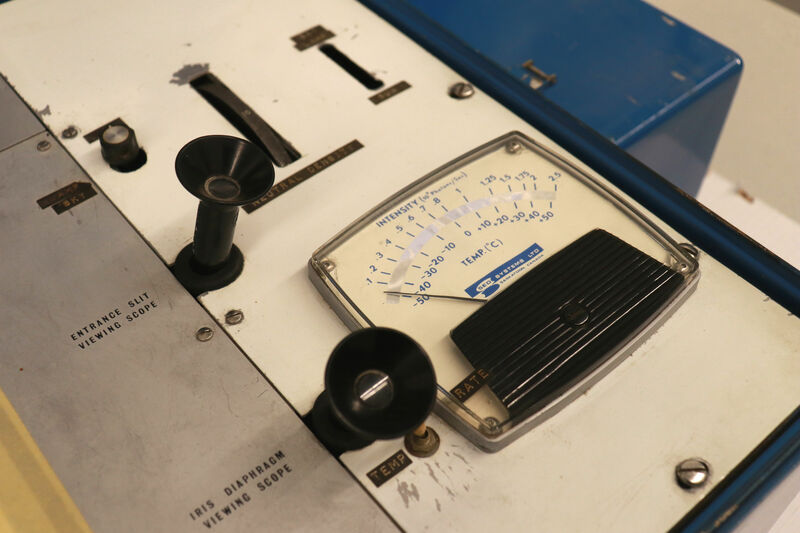
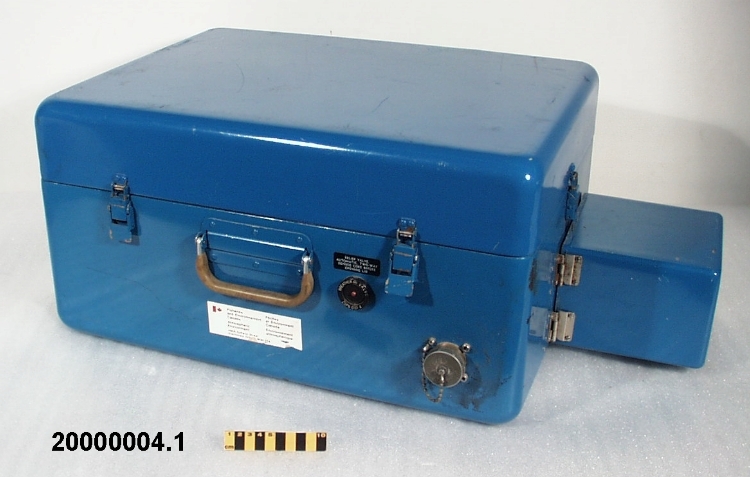
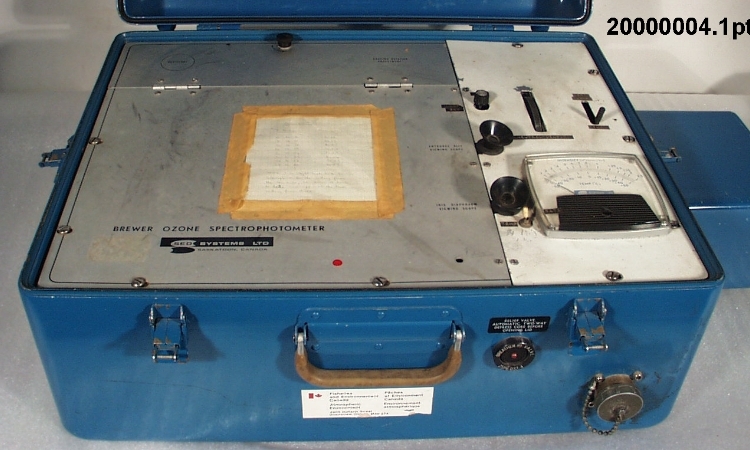
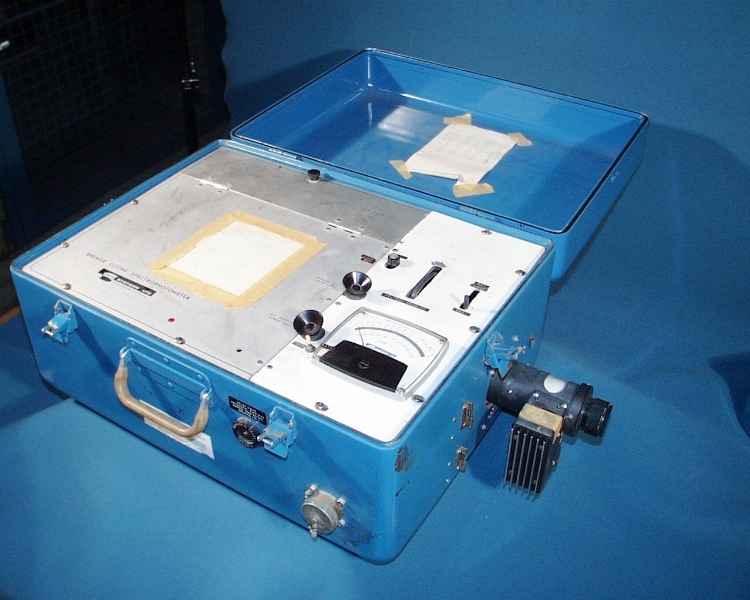
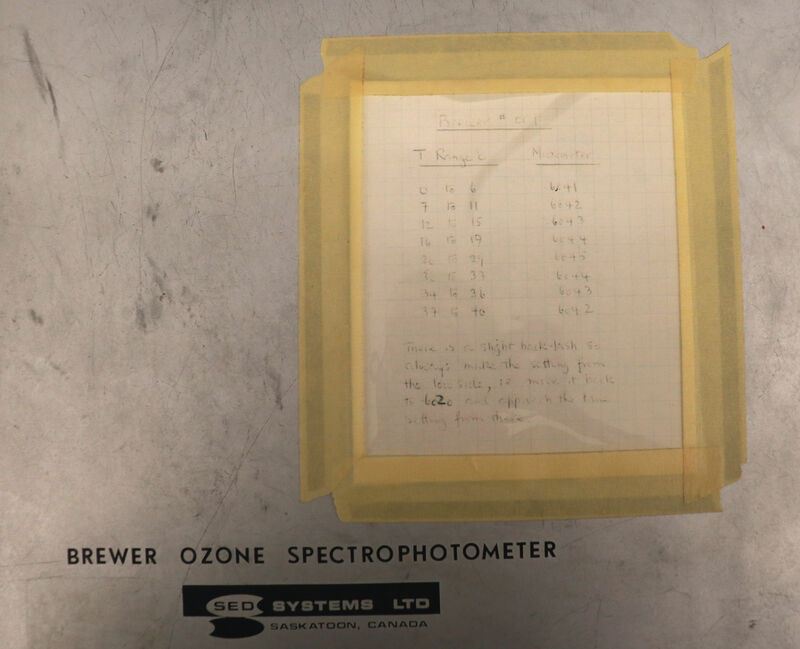
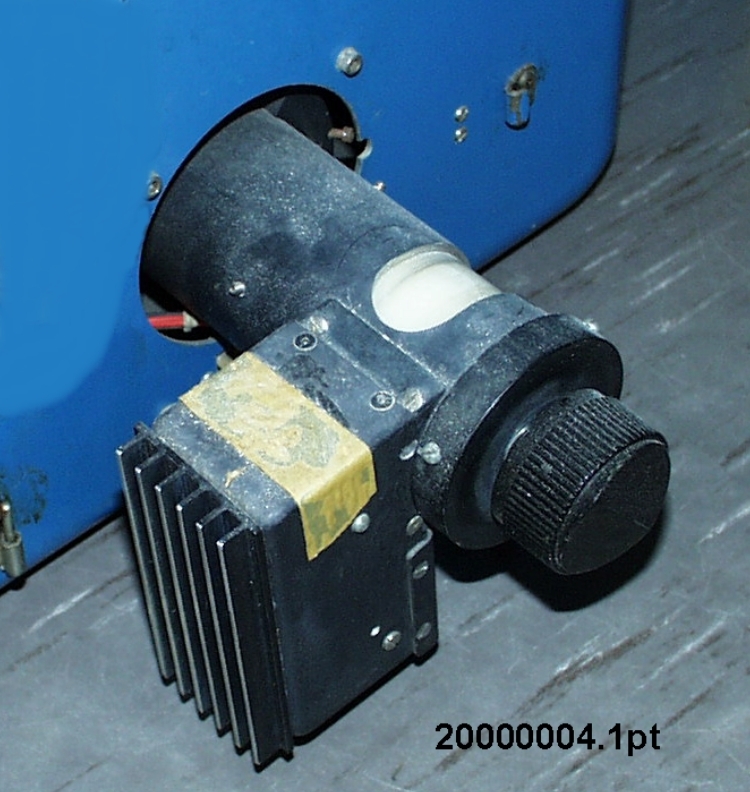
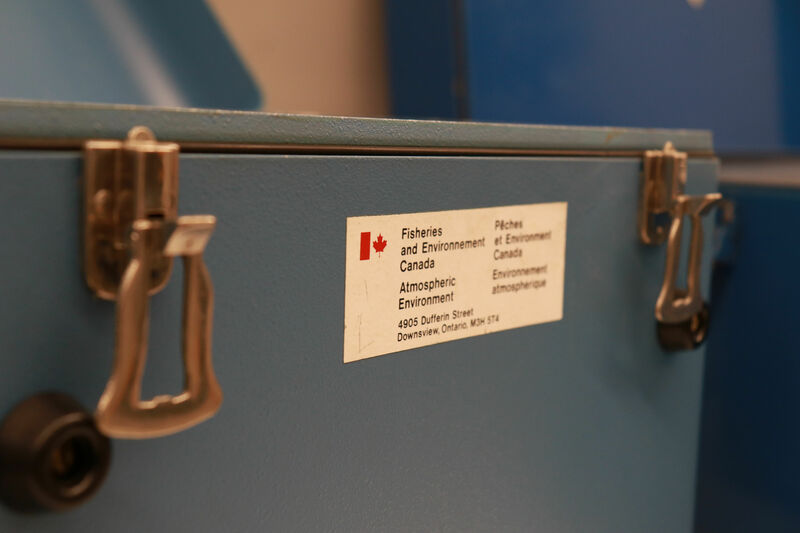
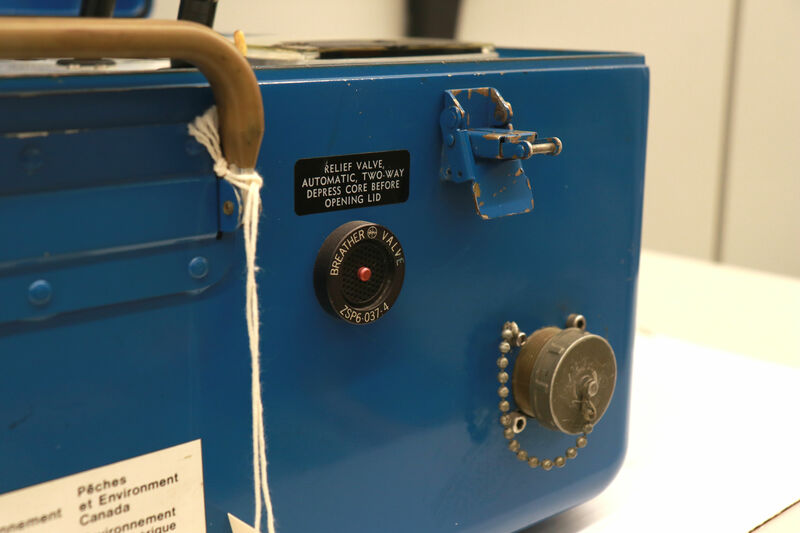
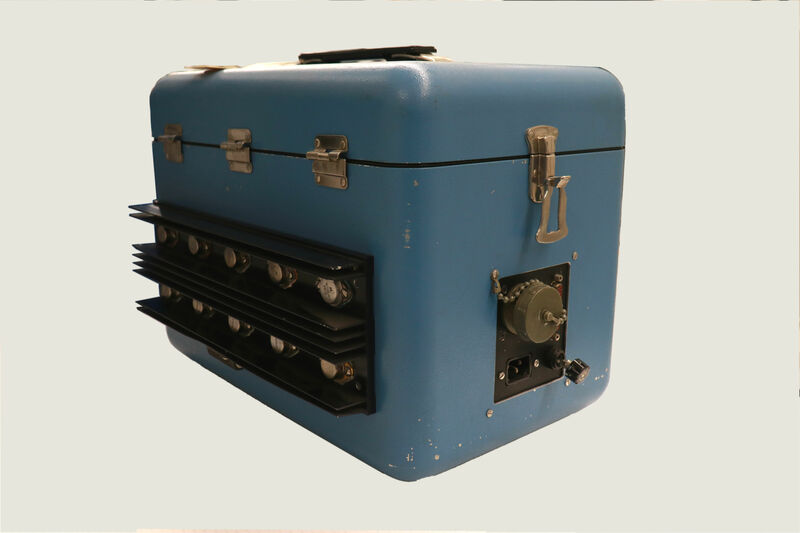
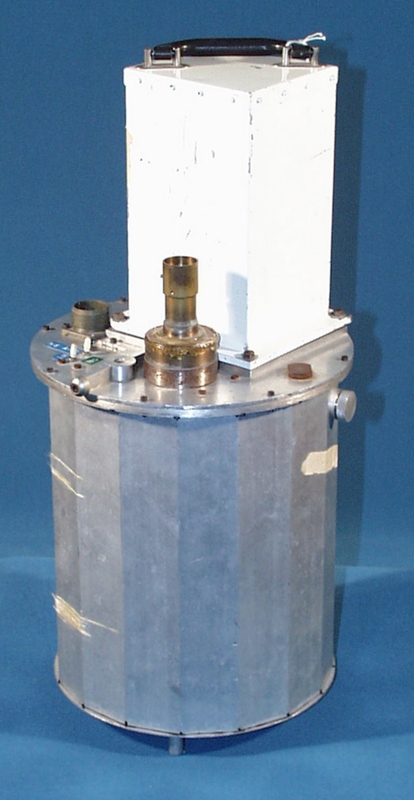
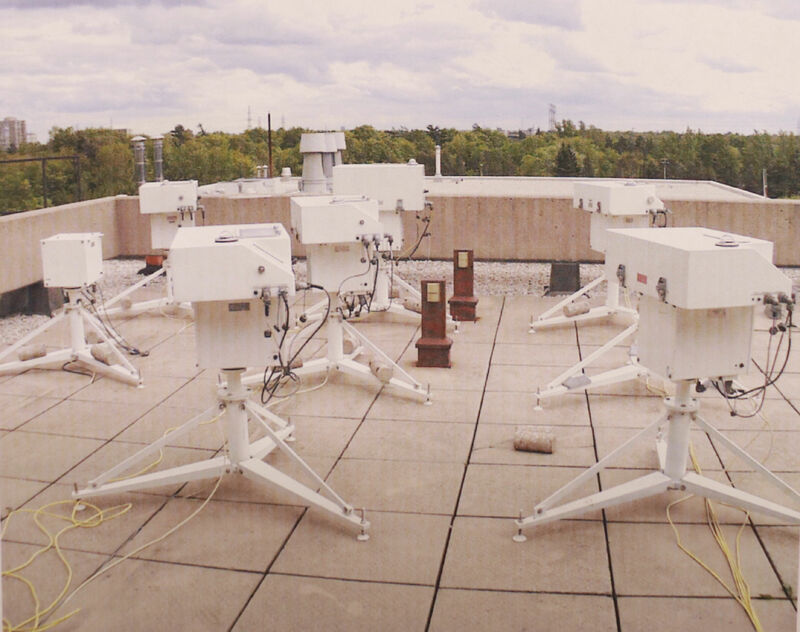
 Brewer Spectrophotometer Prototype
Brewer Spectrophotometer Prototype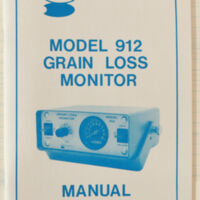 SED Systems Ltd.
SED Systems Ltd.